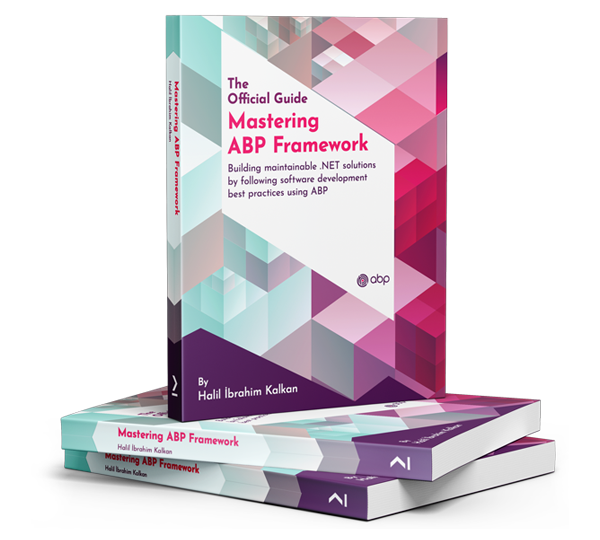Hi,
If you’ll keep workflows under source control and treat them like code, define them in C#. If non‑devs need to tweak flows on the fly, the dashboard is easier. Many teams start in code and switch to the designer for runtime edits. So a hybrid often wins.
If you are concerned about how to integrate Elsa Workflow, you can use the following resources: https://abp.io/community/articles/using-elsa-workflow-with-the-abp-framework-773siqi9 https://abp.io/community/articles/integrating-elsa-.net-workflows-with-abp-commercial-io32k420
Hello Rafael 👋,
I am creating a new internal issue. I think there was a misunderstanding. I will try to inform you as soon as possible. Thank you for your understanding.
Issue link: https://github.com/volosoft/lepton/issues/2826
Hello thanhlg 👋,
For this, I can recommend normalizing the sent filter. Actually, this is a very popular topic and there are a few packages for this, and I can recommend you to use them. You can check this stackoverflow question for more. https://stackoverflow.com/questions/249087/how-do-i-remove-diacritics-accents-from-a-string-in-net
Hello,
Thank you for letting us know about the problem.
We are aware of the issue and are actively working on it. However, we have not yet been able to identify the root cause. We’ll continue investigating and do our best to resolve it as soon as possible. We appreciate your patience.
The ticket has been refunded.
Closing the issue. Feel free to re-open it or create a new one if you have any further questions.
I have not been able to reproduce the problem, but this problem can often be caused by parameters having different names.
Please make sure that the parameter names of bPEC1003SMTAppService and IbPEC1003SMTAppService are the same.
Hi Raif,
You can mock the IFeatureStore service instead IFeatureChecker. (https://github.com/abpframework/abp/blob/dev/framework/test/Volo.Abp.Features.Tests/Volo/Abp/Features/TestFeatureStore.cs#L9)
Hello thanhlg 🙋♂️,
You can use this article for a case-sensitive search. See: https://abp.io/community/articles/caseinsensitive-search-in-abp-basedpostgresql-application-c9kb05dc
I can say that searching by foreign key fields is completely specific to your business. Therefore, you need to manually update the templates of AppService, Repository, and UI side.
How to do this is explained in this document.
Hi,
You can use IRemoteStreamContent in app service. Then follow https://github.com/abpframework/abp/issues/6384#issuecomment-739245736
See more: https://abp.io/support/questions/1174/Incorrect-proxy-generated-for-file-upload-API-Cannot-find-name-%27StringValues%27
Hi,
Unfortunately, we don't have any documentation on this, but I've searched a bit on the web to help you and Entra (formerly Azure AD) seems to have some documentation on this.
See:
Since this is not related to ABP and we do not have much experience on it, I cannot help more, but I hope the documents I have shared will be useful.

